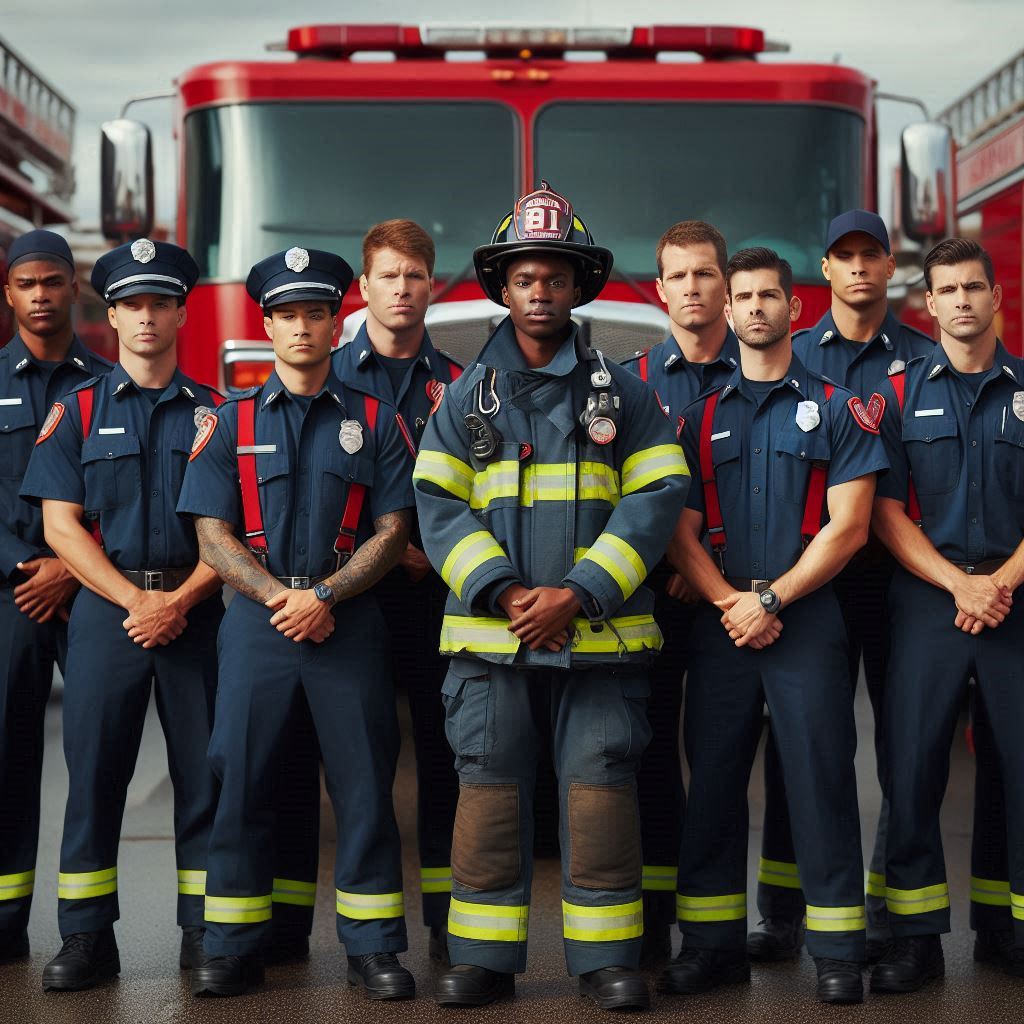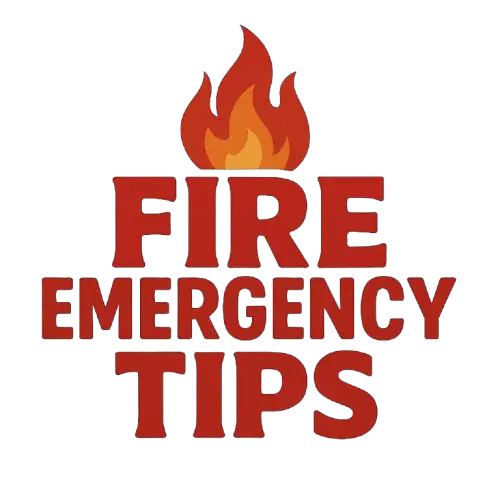
Fire departments play a crucial role in ensuring community safety, responding to emergencies, and protecting lives and property from fire and other hazards. Within these departments, a structured hierarchy of ranks exists, each with specific responsibilities, duties, and requirements. Understanding the various ranks can provide insight into the fire service’s operational efficiency and the career pathways available to those dedicated to this noble profession.
Overview of Fire Department Structure
Fire departments are organized into a hierarchical structure that facilitates effective management and response to incidents. This structure has various ranks, typically classified into three main categories: administrative, operational, and support roles. Each rank has distinct responsibilities, contributing to the department’s overall mission of ensuring public safety.
Administrative Ranks
Administrative ranks oversee the operational functions of the fire department, focusing on management, budgetary, and strategic planning responsibilities.
1. Fire Chief
- Role: The Fire Chief is the highest-ranking officer in the fire department, responsible for overall leadership and decision-making.
- Responsibilities:
- Developing strategic plans and policies.
- Managing budgets and resources.
- Supervising all personnel within the department.
- Representing the department in community engagements and governmental meetings.
- Qualifications: Typically requires extensive experience in the fire service, often 15 years or more, along with a degree in fire science, public administration, or a related field. Advanced training in leadership and management is also beneficial.
2. Assistant Chief or Deputy Chief
- Role: Assist the Fire Chief in coordinating the department’s operations and managing daily activities.
- Responsibilities:
- Overseeing specific divisions (e.g., operations, training, fire prevention).
- Acting as the Fire Chief in their absence.
- Implementing policies and procedures set by the Fire Chief.
- Qualifications: Generally requires a significant amount of experience in firefighting and management, often with at least 10 years in the field and advanced training in administration.
Operational Ranks
Operational ranks include the personnel who respond to emergencies and perform firefighting, rescue, and medical services.
3. Battalion Chief
- Role: Responsible for managing a group of fire companies and supervising their activities during fire operations.
- Responsibilities:
- Coordinating incident response and operations.
- Conducting training for fire personnel.
- Liaising with other emergency services during incidents.
- Qualifications: Typically requires several years of experience in firefighting and managerial training, often holding the rank of Captain prior to promotion.
4. Captain
- Role: Leads a fire company or station, directly managing a team of firefighters.
- Responsibilities:
- Overseeing daily operations and training.
- Coordinating responses during emergencies.
- Conducting inspections and ensuring compliance with safety regulations.
- Qualifications: Generally requires a minimum of 5-7 years in the fire service along with leadership training and experience in firefighting techniques.
5. Lieutenant
- Role: Serves as a mid-level supervisor, working under the Captain.
- Responsibilities:
- Assisting with the management of company operations.
- Directly overseeing firefighters’ activities on the scene.
- Training and mentoring junior firefighters.
- Qualifications: Often requires experience as a firefighter and completion of leadership training or certification programs.
6. Firefighter/Paramedic
- Role: The entry-level position in the fire service, responsible for responding to emergencies and performing various firefighting tasks.
- Responsibilities:
- Fire suppression, rescue operations, and emergency medical response.
- Conducting inspections and maintaining equipment.
- Participating in training drills and community education programs.
- Qualifications: Requires completion of a fire academy, EMT or paramedic training, and ongoing training in firefighting techniques.
Support Roles
While primarily focused on fire suppression, many fire departments also have support personnel who handle essential administrative and logistical functions.
7. Fire Marshal
- Role: Often part of the fire prevention division, responsible for fire safety enforcement and investigations.
- Responsibilities:
- Conducting fire inspections and ensuring compliance with fire codes.
- Investigating the causes of fires.
- Educating the community about fire safety.
- Qualifications: Typically requires a background in fire science, criminal justice, or a related field, along with specialized training in fire investigation and prevention.
8. Fire Inspector
- Role: Works under the Fire Marshal to conduct inspections and ensure adherence to safety regulations.
- Responsibilities:
- Inspecting buildings for fire hazards.
- Recommending safety improvements.
- Assisting in fire prevention outreach.
- Qualifications: Usually requires some experience in firefighting and completion of fire inspection training.
9. Administrative Assistant
- Role: Supports the administrative functions of the fire department.
- Responsibilities:
- Managing records and documentation.
- Assisting in budget preparation and tracking.
- Coordinating communication within the department.
- Qualifications: Requires administrative experience, often with familiarity in accounting and office management.
Fire Dept Ranking System and Promotion Pathways

Promotion Criteria
Promotions within a fire department are often based on a combination of factors, including:
- Experience: Years spent in operational roles typically serve as a foundation for advancement.
- Training and Certification: Completion of relevant training programs and certifications specific to firefighting and leadership.
- Performance Evaluations: Regular assessments of an individual’s performance, teamwork, and ability to handle responsibilities.
Path to Advancement
Advancing through the ranks within a fire department requires a combination of education, experience, and successful completion of promotional exams. Here are key steps typically involved:
- Education and Training: Pursuing higher education, such as an associate’s or bachelor’s degree in fire science, emergency management, or a related field, can enhance career opportunities.
- Gaining Experience: Progressing through the firefighter ranks necessitates experience in various roles, such as driver/operator or lieutenant. Each position offers unique skills and insights essential for higher responsibilities.
- Promotional Exams: Many fire departments require candidates to pass written exams and practical assessments for promotion to higher ranks.
- Leadership Development: Taking part in leadership training programs can prepare candidates for the responsibilities associated with supervisory roles.
- Networking and Mentorship: Building relationships within the fire community can lead to mentorship opportunities and valuable insights that assist in career growth.
Conclusion
Understanding the ranking structure within a fire department is vital for anyone considering a career in firefighting. Each rank plays a crucial role in the effective operation of the department, contributing to the overarching mission of protecting lives and property. As individuals progress through the ranks, they gain not only technical skills but also leadership capabilities that are essential in emergency responses.
Whether you are just starting out or considering advancing your career, knowing these ranks and their responsibilities can guide your path in the fire service. By fostering a culture of training, teamwork, and commitment, fire departments ensure that they remain ready to respond effectively to emergencies, enhancing community safety and preparedness.
FAQs
Q: What qualifications are needed to become a firefighter?
A: Generally, candidates need a high school diploma, a valid driver’s license, and may require certifications in CPR and First Aid. Some departments also prefer or require further education, such as an associate’s degree.
Q: Is prior experience necessary to apply to a fire department?
A: While many departments accept individuals with no prior experience, previous training in emergency response or related fields can be beneficial.
Q: What are the physical requirements of being a firefighter?
A: Firefighters must be physically fit and capable of performing strenuous tasks, including lifting heavy equipment, climbing ladders, and executing rescue operations.
Q: How long does it take to advance to a higher rank?
A: The time to advance varies by department and individual performance, but generally requires a few years of experience in each rank, along with passing promotional exams.
Q: What role do volunteer firefighters play in the ranking system?
A: Volunteer firefighters typically start at the entry-level and can advance to ranks like Lieutenant or Captain if they meet the necessary experience and training requirements.
Q: Are there specialized training programs available for firefighters?
A: Yes, fire departments often offer specialized training programs in areas like hazardous materials handling, technical rescue, and incident command.
